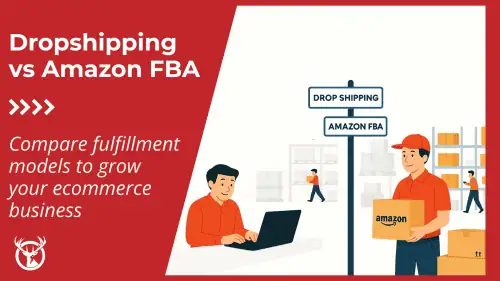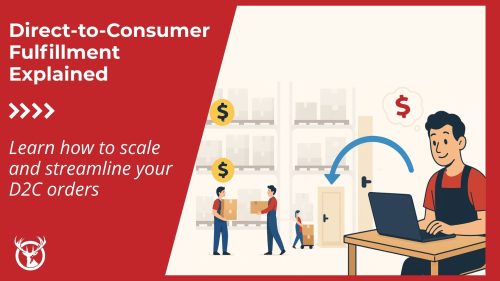What is Kitting?

Kitting is gathering a set of products into a collection or kit. In manufacturing, the full kitting process assembles all the components a worker needs to complete a task.
In order fulfillment, kitting is the practice of placing multiple SKUs together under a new SKU. Kitted items are often sold together as a set.
Expert definition
A manufacturing expert provides this definition for full kitting in manufacturing:

Full kitting in manufacturing is the process of assembling everything needed to produce the product or job before it’s released. These things typically include raw materials, tooling, the CNC program, and any other components needed. The idea is that when the order is released it can be produced without disruption – without waiting for one of the full kit items. Disruption to flow in manufacturing is the enemy of productivity.

Dr. Lisa Lang
Founder
Velocity Scheduling System
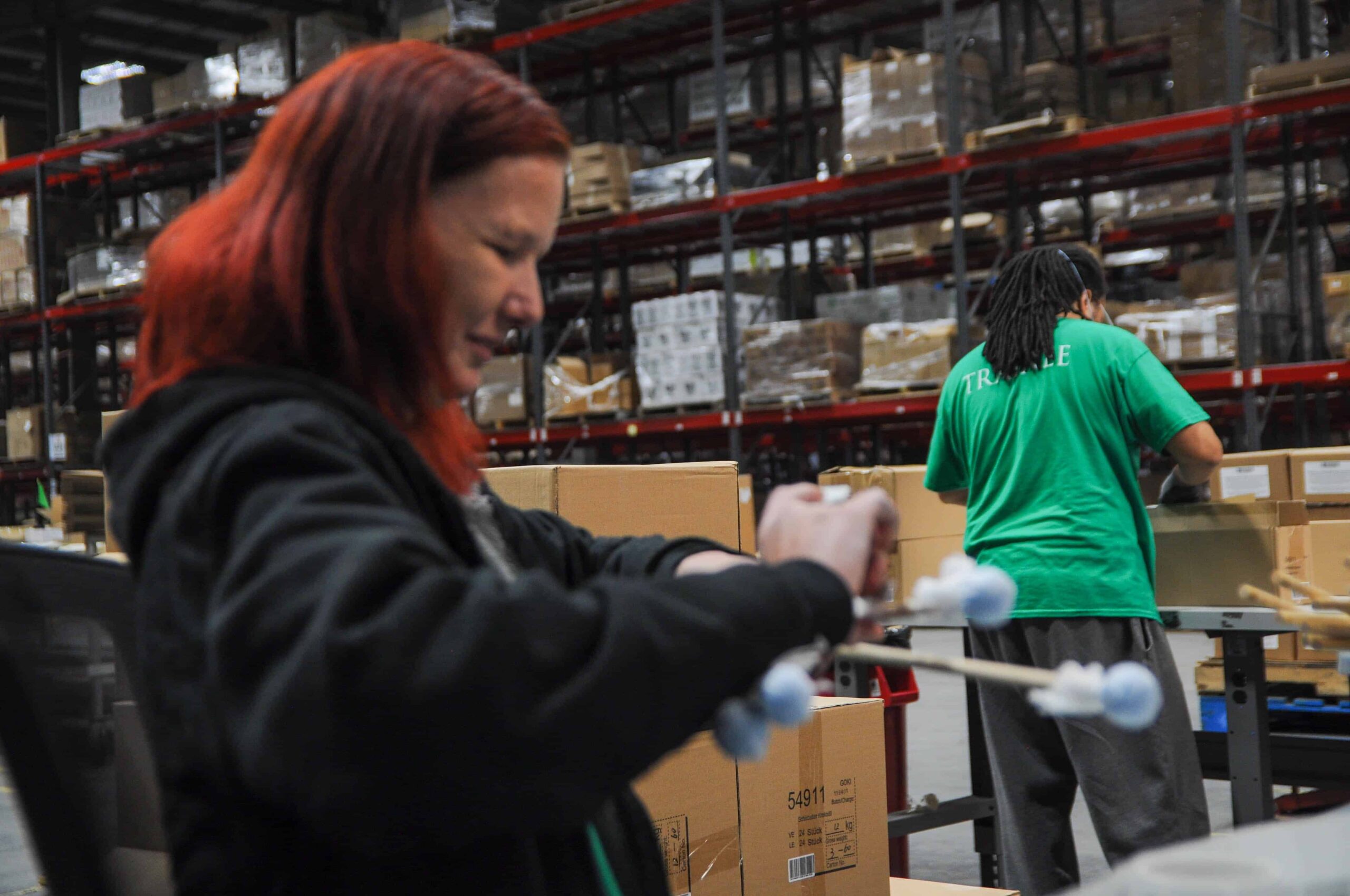
What is full kitting?

A full kit contains all the elements someone needs to complete a task. In manufacturing, full kitting places all the items required for an assembly task together. In fulfillment, the meaning of full kitting is similar: assembling all the products that will be sold and shipped together into a full kit that is ready for pick and pack fulfillment without further assembly.
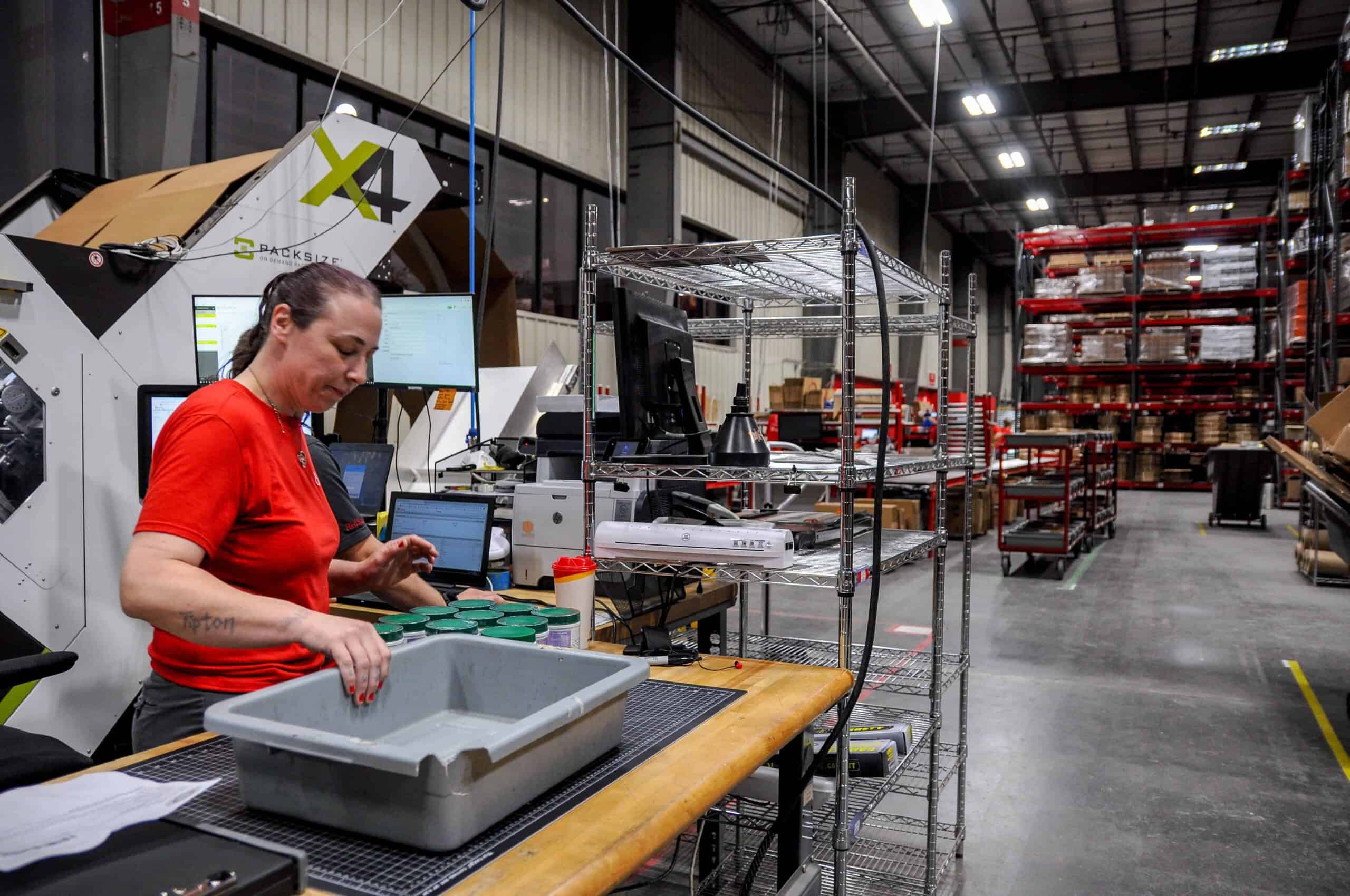
Where is kitting used?
Formally, the kitting process is used in manufacturing and order fulfillment. However, you may have done a version of kitting in your own home. For example, if you pre-pack bags with baby carrots, an apple, and some crackers to add to your child’s lunch each day, you have used kitting to simplify the task of assembling a healthy lunch.
Full kitting in manufacturing
Using material kits allows workers to complete manufacturing tasks more quickly and efficiently. Breaking the process of gathering components into a separate job enables each worker to focus on one thing. Full kits ensure that assembly workers have all the tools and parts they need to complete a manufacturing process.
Kitting in order fulfillment
Kitting plays a vital role in eCommerce fulfillment. The full kitting process can collect items that will be sold as subscription boxes, so the final fulfillment process is fast and error-free. Or kitting can pre-pack items that typically ship together to save time in packing and facilitate package consolidation.
Kitting in fulfillment doesn’t always involve multiple products. Warehouses can use kitting to add protective packaging to a fragile item. An example of this might be packing glass vases inside sturdy boxes with infill, so the picker can safely add them to orders of decorative paper flowers.
Promotional fulfillment combines products with marketing materials. For instance, a manufacturer might send a coupon for a future discount to customers who buy a specific product. The kitting process places the coupon with the product, so the picker can easily pick both items together.
Private label kitting combines several products from different manufacturers into a single kit under your label. You can use the private label kitting process to create activity packets for children, project kits for crafters and hobbyists, or subscription boxes.
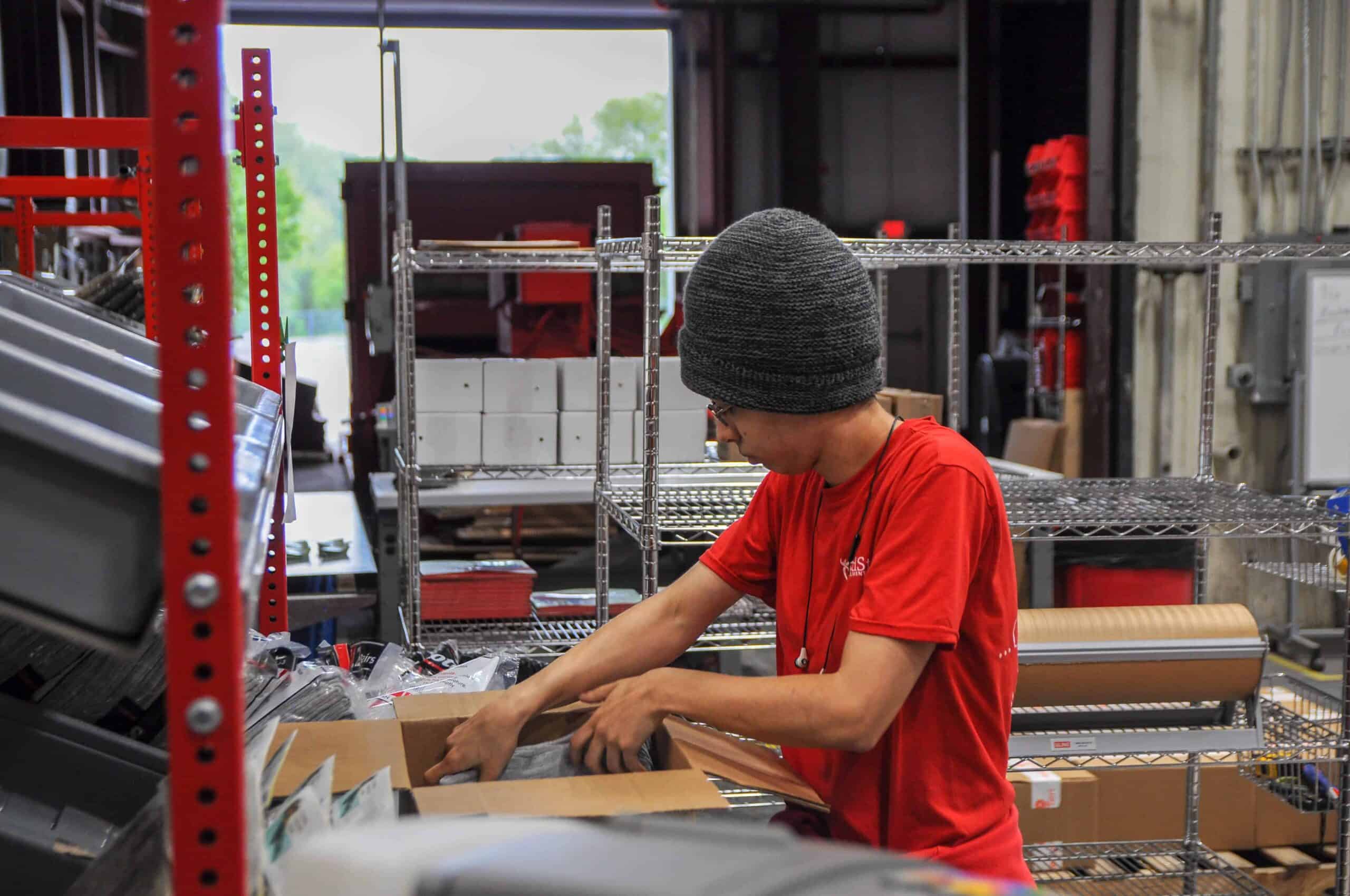
What Is Kitting In a Warehouse?
One of the ways that kitting drives efficiency is by giving each task in the process to a specialist who becomes an expert at their part of the process.
A warehouse kitter follows these steps to complete a full kit:

Determine the kit requirements, as provided by the client.

Verify the number of kits ordered.

Gather sufficient quantities of each product needed for the full kitting process.

Get packaging for the kits, if required.

Set up an efficient method for combining the products into kits.

Pack the kitted items together, ready to be shipped safely.

Relabel the kits with new SKUs, if desired.

Shelve the kits in a warehouse location designated for the kitted products.
When an order comes in for a full kit, the picker goes to the shelf where the kits are stored and picks the kit as a single item. This saves time and makes the fulfillment process more efficient. In addition, because merchandise is often packed together in the kitting process, kits move quickly through the packing station because they require less attention from the packer.
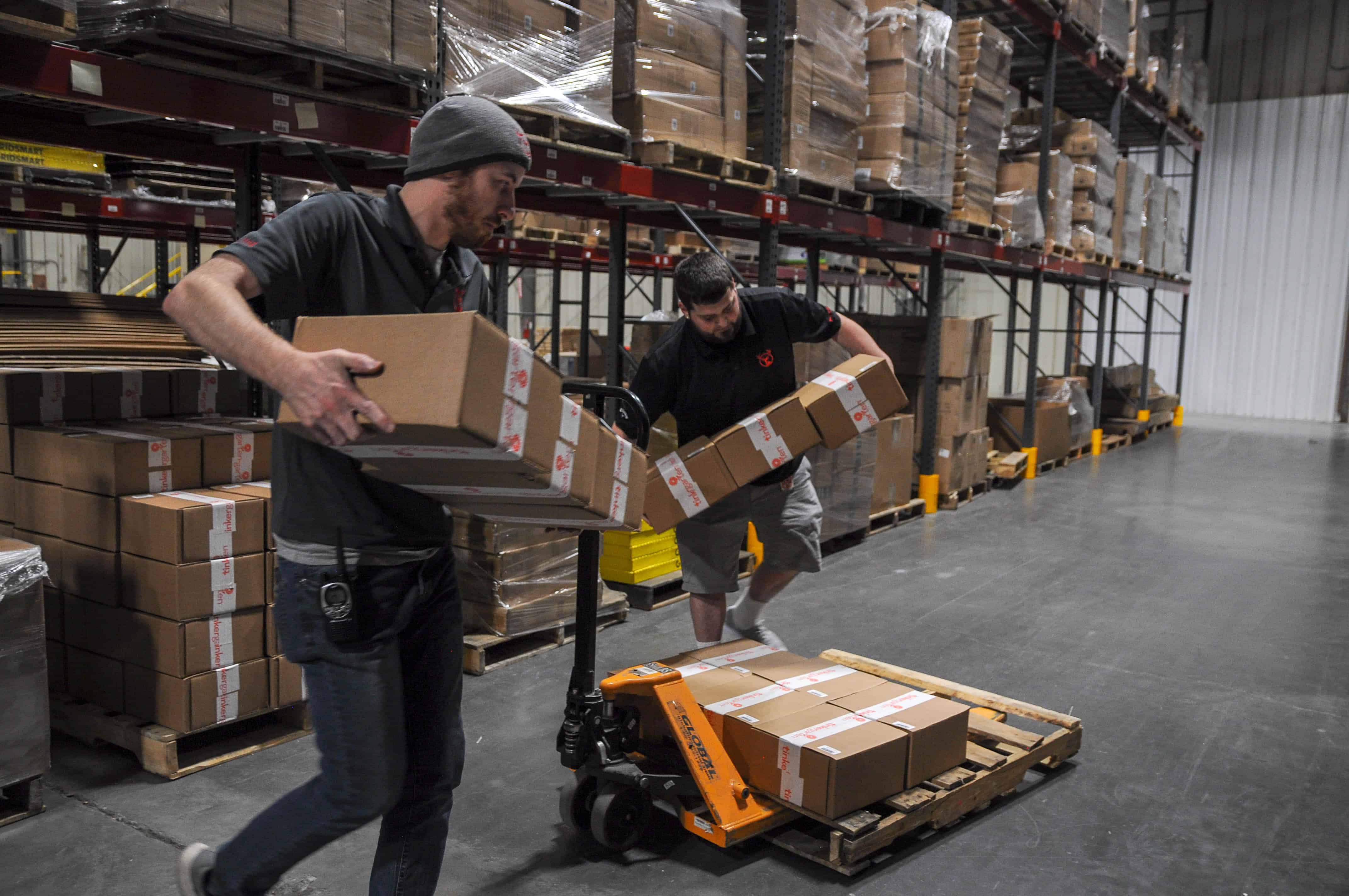
How kitting can benefit your supply chain
Improving supply chain operations is crucial today, as COVID-19 has brought disruption to manufacturing and logistics processes around the globe. Full kitting can benefit your supply chain from manufacturing to fulfillment. Here are just a few of the things your eCommerce business can gain from kitting.
Benefits of kitting in manufacturing:

Reduce manufacturing errors

Speed production

Find shortages of materials early in the process, rather than holding up the production line

Increase worker efficiency through specialization
Advantages of kitting in fulfillment:

Add speed to the picking and packing process

Reduce picking errors

Offer product combinations that boost sales and increase customer satisfaction

Support package consolidation

Ensure safe packing and shipping of delicate items

Reduce warehousing costs by combining products to use less shelf space
Warehouse kitting can benefit your eCommerce business in two other important ways. First, if you ship oversized or bulky items, your parcels may be subject to dimensional weight pricing. Kitting processes can help you safely combine smaller products with large items instead of shipping accessories in a separate box. That can reduce your overall shipping charges and mitigate the dimensional pricing.
Second, kitting can help you get out of a jam. For example, Red Stag Fulfillment got a shipment of merchandise for a client that had a factory error. A component that was supposed to be packed and shipped with the product from the manufacturer was missing. Rather than send the products back to the manufacturer, which would have taken them out of stock, the client turned to Red Stag and kitting to solve the problem. The manufacturer shipped the missing components, and we added them to the boxes at the warehouse, so the in-demand products were ready to ship quickly.
Finding a 3PL that offers full kitting services
Your 3PL can do much more for you than pack and ship orders. When you take advantage of services like full kitting, you open the door to business expansion. The full kitting process is an add-on service in eCommerce fulfillment. However, rather than being an extra expense, kitting is a service that can boost your sales, shorten your customer order lead time, improve fulfillment accuracy, and reduce storage costs.
If you’d like to explore the benefits of warehouse or product kitting, the first step is to find a 3PL that provides kitting services. Kitting is a specialized fulfillment service that not every warehouse offers.
At Red Stag Fulfillment, we’ve seen the advantages of kitting firsthand. We consider full kitting an essential part of our service offerings. If you’d like to learn more about how kitting can boost your eCommerce business, give us a call.






